Why America is Moving Left
Over roughly the past 18 months, the following events have transfixed the nation.
In July 2014, Eric Garner, an African American man reportedly selling loose cigarettes illegally, was choked to death by a New York City policeman.That August, a white police officer, Darren Wilson, shot and killed an African American teenager, Michael Brown, in Ferguson, Missouri. For close to two weeks, protesters battled police clad in military gear. Missouri’s governor said the city looked like a war zone.
In December, an African American man with a criminal record avenged Garner’s and Brown’s deaths by murdering two New York City police officers. At the officers’ funerals, hundreds of police turned their backs on New York’s liberal mayor, Bill de Blasio.
In April 2015 another young African American man, Freddie Gray, died in police custody, in Baltimore. In the chaos that followed, 200 businesses were destroyed, 113 police officers were injured, and 486 people were arrested. To avoid further violence, a game between the Baltimore Orioles and the Chicago White Sox was postponed twice, then played in an empty stadium with police sirens audible in the distance.
Anyone familiar with American history can hear the echoes. The phrase by any means necessary was popularized by Malcolm X in a June 1964 speech in Upper Manhattan. In the wake of Martin Luther King Jr.’s assassination in April 1968, Baltimore burned, as many cities did amid the racial violence that broke out every spring and summer from 1964 to 1969. In November 1969, in a speech from the Oval Office, Richard Nixon uttered the phrase silent majority. It soon became shorthand for those white Americans who, shaken by crime and appalled by radicalism, turned against the Democratic Party in the ’60s and ’70s. For Americans with an ear for historical parallels, the return of that era’s phrases and images suggests that a powerful conservative backlash is headed our way.
But I was wrong. The more I examined the evidence, the more I realized that the current moment looks like a mirror image of the late ’60s and early ’70s. The resemblances are clear, but their political significance has been turned upside down. There is a backlash against the liberalism of the Obama era. But it is louder than it is strong. Instead of turning right, the country as a whole is still moving to the left.
That doesn’t mean the Republicans won’t retain strength in the nation’s statehouses and in Congress. It doesn’t mean a Republican won’t sooner or later claim the White House. It means that on domestic policy—foreign policy is following a different trajectory, as it often does—the terms of the national debate will continue tilting to the left. The next Democratic president will be more liberal than Barack Obama. The next Republican president will be more liberal than George W. Bush.
Understanding why requires understanding why the Democratic Party—and more important, the country at large—is becoming more liberal.
The story of the Democratic Party’s journey leftward has two chapters. The first is about the presidency of George W. Bush. Before Bush, unapologetic liberalism was not the Democratic Party’s dominant creed. The party had a strong centrist wing, anchored in Congress by white southerners such as Tennessee Senator Al Gore, who had supported much of Ronald Reagan’s defense buildup, and Georgia Senator Sam Nunn, who had stymied Bill Clinton’s push for gays in the military. For intellectual guidance, centrist Democrats looked to the Democratic Leadership Council, which opposed raising the minimum wage; to The New Republic (a magazine I edited in the early 2000s), which attacked affirmative action and Roe v. Wade; and to the Washington Monthly, which proposed means-testing Social Security.Centrist Democrats believed that Reagan, for all his faults, had gotten some big things right. The Soviet Union had been evil. Taxes had been too high. Excessive regulation had squelched economic growth. The courts had been too permissive of crime. Until Democrats acknowledged these things, the centrists believed, they would neither win the presidency nor deserve to. In the late 1980s and the 1990s, an influential community of Democratic-aligned politicians, strategists, journalists, and wonks believed that critiquing liberalism from the right was morally and politically necessary.
In the late 1980s and the 1990s, centrist Democrats had argued that Reagan’s decisions to cut the top income-tax rate from 70 percent to 50 percent and to loosen government regulation had spurred economic growth. When Bush cut the top rate to 35 percent in 2001 and further weakened regulation, however, inequality and the deficit grew, but the economy barely did—and then the financial system crashed. In the late ’80s and the ’90s, centrist Democrats had also argued that Reagan’s decision to boost defense spending and aid the Afghan mujahideen had helped topple the Soviet empire. But in 2003, when Bush invaded Iraq, he sparked the greatest foreign-policy catastrophe since Vietnam.
By the time Barack Obama defeated Hillary Clinton for the Democratic presidential nomination in 2008, in part because of her support for the Iraq War, the mood inside the party had fundamentally changed. Whereas the party’s most respected thinkers had once urged Democrats to critique liberal orthodoxy, they now criticized Democrats for not defending that orthodoxy fiercely enough. The presidency of George W. Bush had made Democrats unapologetically liberal, and the presidency of Barack Obama was the most tangible result.
But that’s only half the story. Because if George W. Bush’s failures pushed the Democratic Party to the left, Barack Obama’s have pushed it even further. If Bush was responsible for the liberal infrastructure that helped elect Obama, Obama has now inadvertently contributed to the creation of two movements—Occupy and Black Lives Matter—dedicated to the proposition that even the liberalism he espouses is not left-wing enough.
Given the militant opposition Obama faced from Republicans in Congress, it’s unclear whether he could have used the financial crisis to dramatically curtail Wall Street’s power. What is clear is that he did not. Thus, less than three years after the election of a president who had inspired them like no other, young activists looked around at a country whose people were still suffering, and whose financial titans were still dominant. In response, they created Occupy Wall Street.When academics from the City University of New York went to Zuccotti Park to study the people who had taken it over, they found something striking: 40 percent of the Occupy activists had worked on the 2008 presidential campaign, mostly for Obama. Many of them had hoped that, as president, he would bring fundamental change. Now the collapse of that hope had led them to challenge Wall Street directly. “Disenchantment with Obama was a driver of the Occupy movement for many of the young people who participated,” noted the CUNYresearchers. In his book on the movement, Occupy Nation, the Columbia University sociologist Todd Gitlin quotes Jeremy Varon, a close observer of Occupy who teaches at the New School for Social Research, as saying, “This is the Obama generation declaring their independence from his administration. We thought his voice was ours. Now we know we have to speak for ourselves.”
That’s what happened to Occupy. The movement may have burned out, but it injected economic inequality into the American political debate. (In the weeks following the takeover of Zuccotti Park, media references to the subject rose fivefold.) The same anger that sparked Occupy—directed not merely at Wall Street but at the Democratic Party elites who coddled it—fueled Bill de Blasio’s election and Elizabeth Warren’s rise to national prominence. And without Occupy, it’s impossible to understand why a curmudgeonly Democratic Socialist from Vermont is seriously challenging Hillary Clinton in the early primary states. The day Bernie Sanders announced his candidacy, a group of Occupy veterans offered their endorsement. In the words of one former Occupy activist, Stan Williams, “People who are involved in Occupy are leading the biggest group for Bernie Sanders. Our fingers are all over this.”
All of this has shaped the Clinton campaign’s response to Sanders. At the first Democratic debate, she noted that, unlike him, she favors “rein[ing] in the excesses of capitalism” rather than abandoning it altogether. But the only specific policy difference she highlighted was gun control, on which she attacked him from the left.
The same dynamic is playing out on criminal justice and race. Disillusioned by Obama, activists are pushing left. And they’re finding that Clinton and the rest of the party Establishment are happy to go along.
If Occupy is one of Obama’s unplanned legacies, Black Lives Matter is another. The movement, which began when a jury acquitted George Zimmerman of the murder of Trayvon Martin in 2013 and exploded in 2014 after the death of Michael Brown, has multiple roots. It’s a response to a decades-long rise in incarceration rates and to a spate of police killings, some caught on video.But it’s also an expression of disillusion with Obama. State violence against African Americans is nothing new. Yet the fact that it continued when an African American was ostensibly running the state convinced young African American activists that Establishment liberals, even black ones, would not, of their own accord, bring structural change. Only direct action could force their hand.
“Black Lives Matter developed in the wake of the failure of the Obama administration,” argues the Cornell sociologist Travis Gosa, a co-editor of The Hip Hop & Obama Reader. “Black Lives Matter is the voice of a Millennial generation that’s been sold a bad bill of goods.” This new generation of activists, writes Brittney Cooper, a Rutgers University professor of Africana studies and women’s-and-gender studies, “will not invest in a nation-state project that hands them black presidents alongside dead unarmed black boys in the street.” And they take a dim view of veteran activists, such as Al Sharpton, who defend Obama. “The most faith they have, hubristic though it may turn out to be,” Cooper argues, “is in themselves to be agents of change.”
Today, by contrast, the Democratic Establishment has responded to Black Lives Matter much as it responded to Occupy: with applause. In July, at the Netroots Nation conference in Phoenix, Black Lives Matter activists repeatedly interrupted and heckled Sanders and his fellow candidate Martin O’Malley. At one point, an activist came onto the stage and declared that the event was occurring on “indigenous land” whose border “was drawn by white-supremacist manifest destiny.” For roughly 15 minutes, O’Malley stood in silence as the activists onstage gave speeches.
The candidates themselves agreed. Later that day, O’Malley publicly apologized for having said that “all lives matter,” which activists said minimized the singularity of state violence against African Americans. He soon unveiled an ambitious plan to reduce police brutality and incarceration rates, as well as a constitutional amendment protecting the right to vote. Sanders apologized too. He hired an African American press secretary sympathetic to Black Lives Matter, added a “racial justice” section to his Web site, joined members of the Congressional Black Caucus in introducing legislation to ban private prisons, and began publicly citing the names of African Americans killed by police. Hillary Clinton, having already vowed to “end the era of mass incarceration” that her husband and other Democrats helped launch in the 1990s, has now met with Black Lives Matter activists twice. Bill Clinton has said he regrets his own role in expanding the incarceration state. And the Democratic National Committee passed a resolution supporting Black Lives Matter—which the movement itself quickly disavowed.
During presidential primaries, candidates often pander to their party’s base. So what’s most remarkable isn’t Hillary Clinton’s move to the left, or the Democratic Party’s. It’s the American public’s willingness to go along.
This time, however, the opposite is happening. In July 2014, the Pew Research Center reported that 46 percent of Americans agreed with the statement “Our country needs to continue making changes to give blacks equal rights with whites.” By July 2015, after the riots in Ferguson and Baltimore and the rise of Black Lives Matter, that figure had risen to 59 percent. From the summer of 2013 to the summer of 2015, according to Gallup, the percentage of Americans who declared themselves “satisfied with the way blacks are treated in U.S. society” dropped from 62 percent to 49 percent. In 2015, public confidence in the police hit a 22-year low.
Much of this shift is being driven by a changing mood among whites. Between January and April alone, according to a YouGov poll, the percentage of whites who called deaths like those of Michael Brown and Freddie Gray “isolated incident[s]” dropped 20 points. There’s even been movement within the GOP. From 2014 to 2015, the percentage of Republicans saying America needs to make changes to give blacks an equal chance rose 15 points—more than the percentage increase among Democrats or Independents.
Even among the Republicans running for president, the policy agenda is moving away from the punitive approach both parties once embraced. Mike Huckabee, Rand Paul, Chris Christie, John Kasich, and Ted Cruz have all condemned the excessive imprisonment of nonviolent drug offenders.
Conservative Republicans didn’t talk this way in the ’90s. They didn’t talk this way even in the early Obama years. The fact that Rubio does so now is more evidence that today, unlike in the mid-’60s, the debate about race and justice isn’t moving to the right. It’s moving further left.
What’s different this time? One difference is that in the 1960s and ’70s, crime exploded, fueling a politics of fear and vengeance. Over the past two decades, by contrast, crime has plummeted. And despite some hyperbolic headlines, there’s no clear evidence that it’s rising significantly again. As The Washington Post’s Max Ehrenfreund noted in September after reviewing the data so far for 2015, “While the number of homicides has increased in many big cities, the increases are moderate, not more than they were a few years ago. Meanwhile, crime has declined in other cities. Overall, most cities are still far safer than they were two decades ago.”
And it’s not just crime where the Democratic Party’s move leftward is being met with acceptance rather than rejection. Take LGBT rights: A decade ago, it was considered suicidal for a Democratic politician to openly support gay marriage. Now that debate is largely over, and liberals are pushing for antidiscrimination laws that cover transgender people, a group many Americans weren’t even aware of until Caitlyn Jenner made headlines. At first glance, this might seem like too much change, too fast. Marriage equality, after all, gives gays and lesbians access to a fundamentally conservative institution. The transgender-rights movement poses a far more radical question: Should people get to define their own gender, irrespective of biology?That is why, in the 2016 presidential race, Republicans have shown little interest in opposing transgender rights. In July, the Pentagon announced that transgender people will be able to serve openly in the military. One Republican presidential candidate, Mike Huckabee, denounced the move. Another, Jeb Bush, appeared to support it. The remaining contenders largely avoided the issue.
On health care, the story is similar: no public backlash. When Obama signed the Affordable Care Act in March 2010, most polls showed Americans opposing it by about eight to 10 points. Today, the margin is almost identical. Little has changed on taxes, either, even though Obama allowed some of the tax cuts passed under George W. Bush to expire. The percentage of Americans who say they pay more than their fair share in taxes is about the same as it was in the spring of 2010 (Pew does not have data for 2009), and lower than it was during the Clinton years.
It’s true that Americans have grown more conservative on some issues over the past few years. Support for gun control has dropped in the Obama era, even as the president and other Democrats have pursued it more aggressively. Republicans also enjoy a renewed advantage on combatting international terrorism, an issue whose salience has grown with the rise of the Islamic State. Still, in an era when government has grown more intrusive, African American activists have grown more confrontational, and long-standing assumptions about sexual orientation and gender identity have been toppled, most Americans are not yelling “stop,” as they began doing in the mid-1960s. The biggest reason: We’re not dealing with the same group of Americans.
On issue after issue, it is the young who are most pleased with the liberal policy shifts of the Obama era, and most eager for more. In 2014, Pew found that Americans under 30 were twice as likely as Americans 65 and older to say the police do a “poor” job of “treating racial, ethnic groups equally” and more than twice as likely to say the grand jury in Ferguson was wrong not to charge Darren Wilson in Michael Brown’s death. According to YouGov, more than one in three Americans 65 and older think being transgender is morally wrong. Among Americans under 30, the ratio is less than one in five. Millennials—Americans roughly 18 to 34 years old—are 21 percentage points less likely than those 65 and older to say that immigrants “burden” the United States and 25 points more likely to say they “strengthen” the country. Millennials are also 17 points more likely to have a favorable view of Muslims. It is largely because of them that the percentage of Americans who want government to “promote traditional values” is now lower than at any other time since Gallup began asking the question in 1993, and that the percentage calling themselves “socially liberal” now equals the percentage calling themselves “socially conservative” for the first time since Gallup began asking that question in 1999.
Millennials are also sustaining support for bigger government. The young may not have a high opinion of the institutions that represent them, but they nonetheless want those institutions to do more. According to a July Wall Street Journal/ABC poll, Americans over 35 were four points more likely to say the government is doing too much than to say it is doing too little. Millennials, meanwhile, by a margin of 23 points, think it’s doing too little. In 2011, Pew found that while the oldest Americans supported repealing health-care reform by 29 percentage points, Millennials favored expanding it by 17 points. They were also 25 points more likely than those 65 and older to approve of Occupy Wall Street and 36 points more favorable toward socialism, which they actuallypreferred to capitalism, 49 percent to 46 percent. As the Pew report put it, “Millennials, at least so far, hold ‘baked in’ support for a more activist government.”In the face of such data, conservatives may wish to reassure themselves that Millennials will move right as they age. But a 2007 study in the American Sociological Review notes that the data “contradict commonly held assumptions that aging leads to conservatism.” The older Americans who are today more conservative than Millennials were more conservative in their youth, too. In 1984 and 1988, young voters backed Ronald Reagan and George H. W. Bush by large margins. Millennials are not liberal primarily because they are young. They are liberal because their formative political experiences were the Iraq War and the Great Recession, and because they make up the most secular, most racially diverse, least nationalistic generation in American history. And none of that is likely to change.
One can question how much this matters. America is not governed by public-opinion polls, after all. Congressional redistricting, felon disenfranchisement, and the obliteration of campaign-finance laws all help insulate politicians from the views of ordinary people, and generally empower the right. But despite these structural disadvantages, Obama has enacted a more consequential progressive agenda than either of his two Democratic predecessors did. And there is reason to believe that regardless of who wins the presidency in 2016, she or he will be more progressive than the previous president of her or his own party.
According to Microsoft’s betting market, Predictwise, Democrats have close to a 60 percent chance of holding the White House in 2016. That’s not because Hillary Clinton, whom the Democrats will likely nominate, is an exceptionally strong candidate. It’s because the Republicans may nominate an exceptionally weak one. According to Predictwise, in early November Marco Rubio—widely considered the GOP’s strongest general-election candidate—had a 45 percent chance of winning his party’s nomination. But according to Predictwise, there was also a 37 percent chance that Donald Trump, Ben Carson, or Ted Cruz would win the nomination. And if any of them did, Clinton’s election would be all but assured.If Clinton does win, it’s likely that on domestic policy, she will govern to Obama’s left. (On foreign policy, where there is no powerful left-wing activist movement like Occupy or Black Lives Matter, the political dynamics are very different.) Clinton’s campaign proposals already signal a leftward shift. And people close to her campaign suggest that among her top agenda items would be paid family leave, debt-free college tuition, and universal preschool.
Already, Obama has felt liberals’ wrath. In 2013, Lawrence Summers withdrew his name from consideration to be the chairman of the Federal Reserve after Senate liberals protested his nomination. In 2015, Obama was forced to pull Antonio Weiss’s nomination to be Treasury’s undersecretary for domestic finance after Warren attacked his Wall Street ties. Clinton will face this reality from her first day in office. And she will face it knowing that because she cannot inspire liberals rhetorically as Obama can, they will be less likely to forgive her heresies on policy. Like Lyndon B. Johnson after John F. Kennedy, she will have to deliver in substance what she cannot deliver in style.
Just as Clinton would govern to Obama’s left, it’s likely that any Republican capable of winning the presidency in 2016 would govern to the left of George W. Bush. In the first place, winning at all would require a different coalition. When Bush won the presidency in 2000, very few Millennials could vote. In 2016, by contrast, they will constitute roughly one-third of those who turn out. In 2000, African Americans, Hispanics, and Asians constituted 20 percent of voters. In 2016, they will constitute more than 30 percent. Whit Ayres, a political consultant for the Rubio campaign, calculates that even if the 2016 Republican nominee wins 60 percent of the white vote (more than any GOP nominee in the past four decades except Reagan, in 1984, has won), he or she will still need almost 30 percent of the minority vote. Mitt Romney got 17 percent.
If America’s demographics have changed since the Bush presidency, so has the climate among conservative intellectuals. There is now an influential community of “reformocons”—in some ways comparable to the New Democratic thinkers of the 1980s—who believe Republicans have focused too much on cutting taxes for the wealthy and not enough on addressing the economic anxieties of the middle and working classes.
The candidate closest to the reformocons is Rubio, who cites several of them by name in his recent book. He says that partially privatizing Social Security, which Bush ran on in 2000 and 2004, is an idea whose “time has passed.” And unlike Bush, and both subsequent Republican presidential nominees, Rubio is not proposing a major cut in the top income-tax rate. Instead, the centerpiece of his economic plan is an expanded child tax credit, which would be available even to Americans who are so poor that they don’t pay income taxes.
Although liberals praised his plan for “upend[ing] the last half century of conservative thinking on taxes,” as The New Republic put it, Rubio included new cuts on taxes of capital gains, dividends, interest, and inherited estates, which overwhelmingly benefit the rich. But despite this, it’s likely that were he elected, Rubio wouldn’t push through as large, or as regressive, a tax cut as Bush did in 2001 and 2003. Partly, that’s because a younger and more ethnically diverse electorate is less tolerant of such policies. Partly, it’s because Rubio’s administration would likely contain a reformocon faction more interested in cutting taxes for the middle class than for the rich. And partly, it’s because the legacy of the Bush tax cuts themselves would make them harder to replicate.
A key figure in passing the Bush tax cuts was Federal Reserve Chairman Alan Greenspan, who in 2001 warned that unless Washington lowered tax rates, surpluses might grow too large, thus producing a dangerous “accumulation of private assets by the federal government.” Greenspan’s argument gave the Bush administration crucial intellectual cover. But the idea now looks laughable. And it’s hard to imagine the current Federal Reserve chair, Janet Yellen, endorsing large upper-income tax cuts in 2017.
The Bush tax cuts also passed because a powerful minority of Democrats supported them. But the kind of centrist, Chamber of Commerce–friendly Democrats who helped Bush pass his tax plan in 2001—including Max Baucus, John Breaux, Mary Landrieu, Zell Miller, Max Cleland, Tim Johnson, Blanche Lambert Lincoln—barely exist anymore. The Democrats’ shift left over the past decade and a half means that a President Rubio would encounter more militant opposition than Bush did in 2001. That militant opposition, along with a changed electorate and the reformocon faction, doesn’t mean Rubio wouldn’t cut taxes. He likely would. But he would face greater pressure than Bush did to keep the cuts from too blatantly benefiting the rich.
As president, Rubio could gut the regulations imposed by Obama’s Environmental Protection Agency. His big donors would certainly push him to, even though doing so would hurt him among younger voters. But he’d be unlikely to repeal health-care reform. The plan Rubio has proposed would strip millions of Americans of their insurance. In other words, it would commit the same sins that Rubio and other Republicans attribute to the Affordable Care Act. Republicans, notes Vox’s editor in chief, Ezra Klein, “have spent the past four years attacking Obamacare for its tough trade-offs and unpopular decisions, but the moment they begin pushing a serious alternative, they’ll suddenly have to deal with Democrats doing the same to them.” Which makes it unlikely Rubio would pick that fight early in his first term.
Would Rubio be a more conservative president than Obama? Of course. An era of liberal dominance doesn’t mean that the ideological differences between Democrats and Republicans disappear. It means that on the ideological playing field, the 50-yard line shifts further left. It means the next Republican president won’t be able to return the nation to the pre-Obama era.
That’s what happened when Dwight Eisenhower followed Franklin D. Roosevelt and Harry Truman. Ike moderated the growth in government expansion that had begun in the 1930s, but he didn’t return American politics to the 1920s, when the GOP opposed any federal welfare state at all. He in essence ratified the New Deal. It’s also what happened when Bill Clinton followed Ronald Reagan and George H. W. Bush. By passing punitive anticrime laws, repealing restrictions on banks, signing NAFTA, cutting government spending to balance the budget, reforming welfare, and declaring that the “era of big government is over,” Clinton acknowledged that even a Democratic president could not revive the full-throated liberalism of the 1960s and ’70s. He ratified Reaganism.
Barack Obama sought the presidency hoping to be the Democrats’ Reagan: a president who changed America’s ideological trajectory. And he has changed it. He has pushed the political agenda as dramatically to the left as Reagan pushed it to the right, and, as under Reagan, the public has acquiesced more than it has rebelled. Reagan’s final victory came when Democrats adapted to the new political world he had made, and there is reason to believe that the next Republican president will find it necessary to make similar concessions to political reality.
This political cycle, too, will ultimately run its course. A sustained rise in crime could breed fissures between African American activists and young whites or even Latinos. Slower economic growth and a rising budget deficit could turn the public against government in a way that Obama’s policies have not—and force Democrats to again emphasize the creation of wealth more than its distribution. How this era of liberal dominance will end is anyone’s guess. But it will likely endure for some time to come.
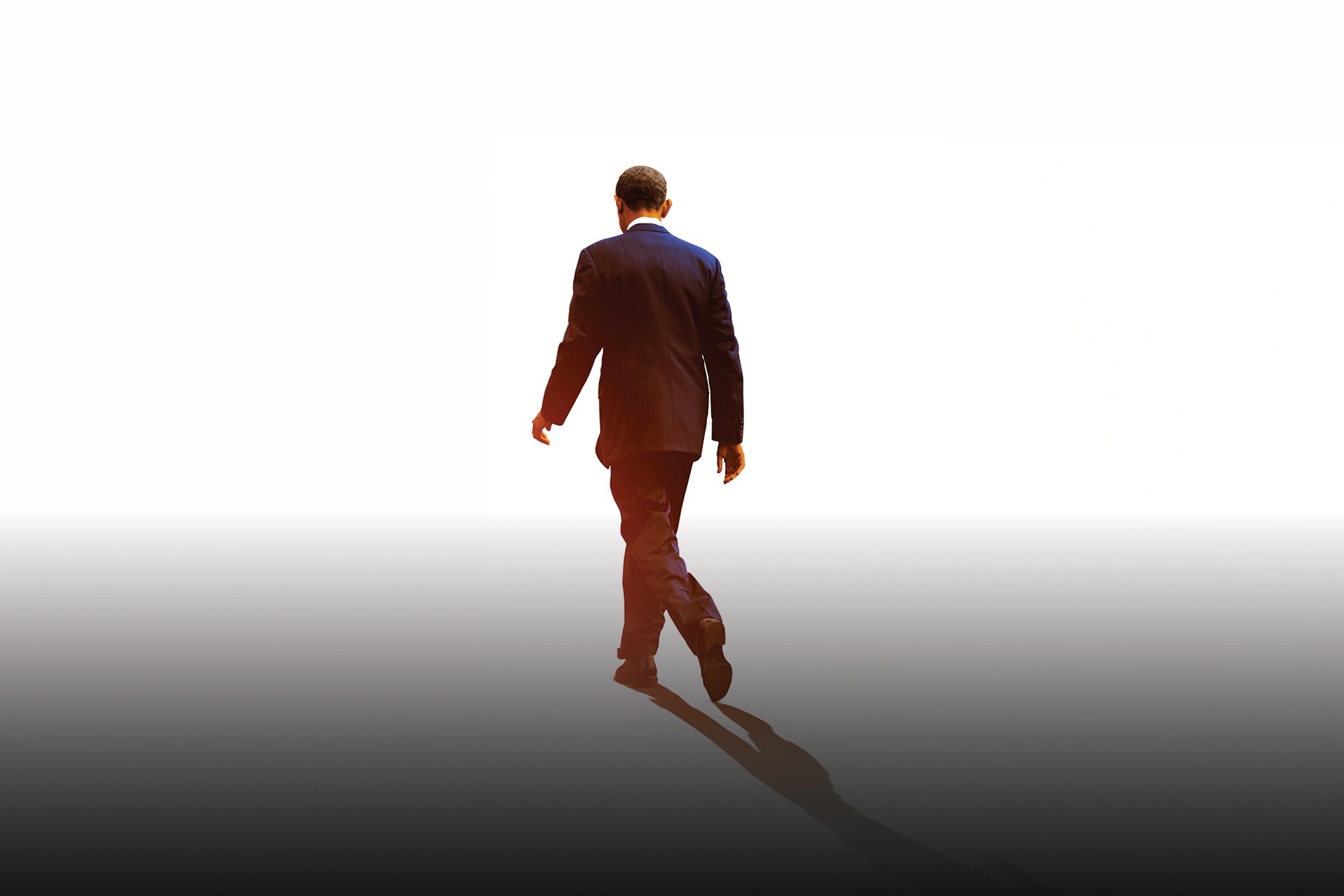
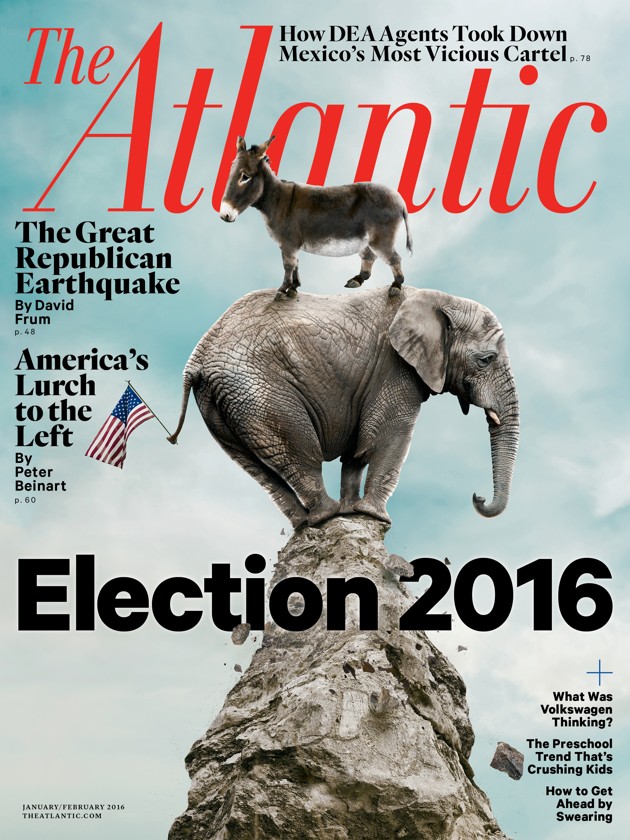
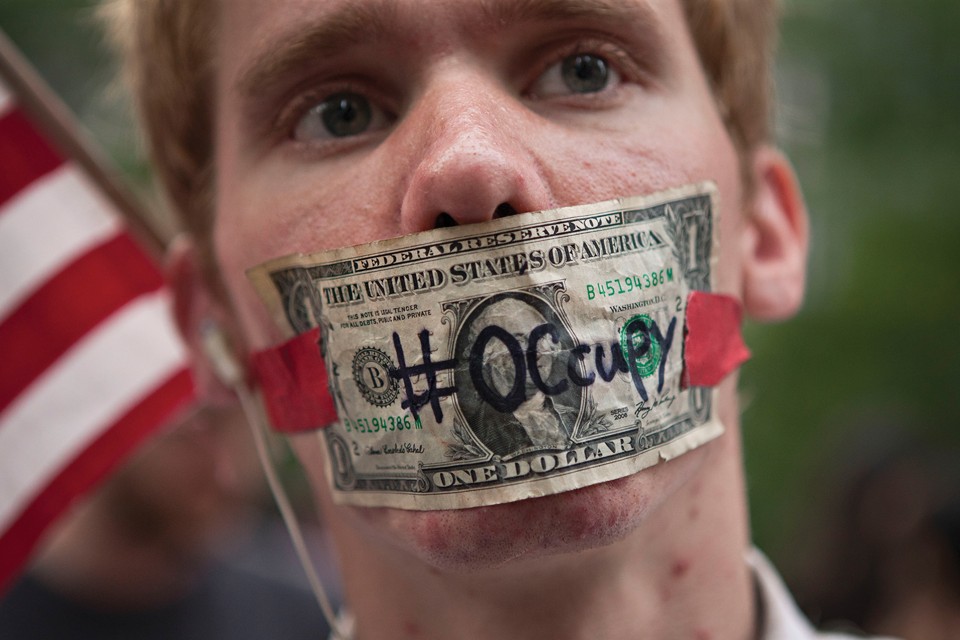
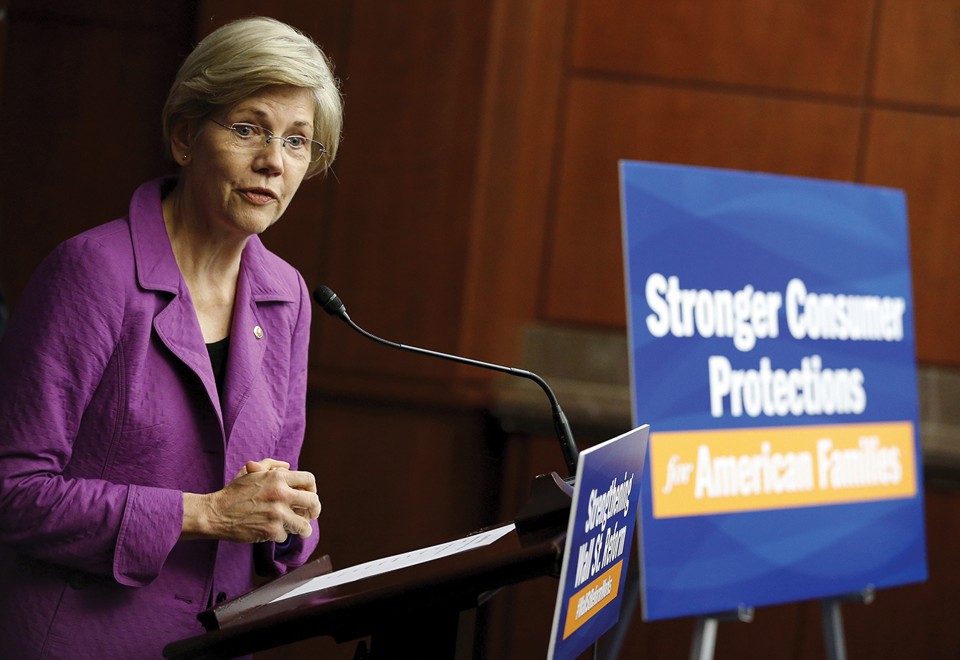

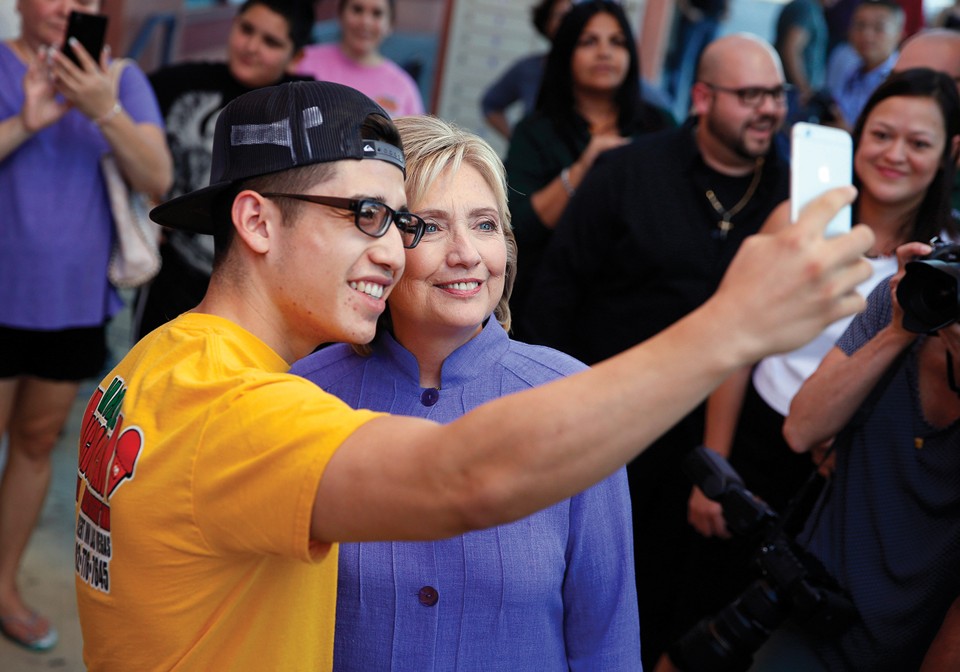
1 comment:
Riveting analysis.
Post a Comment